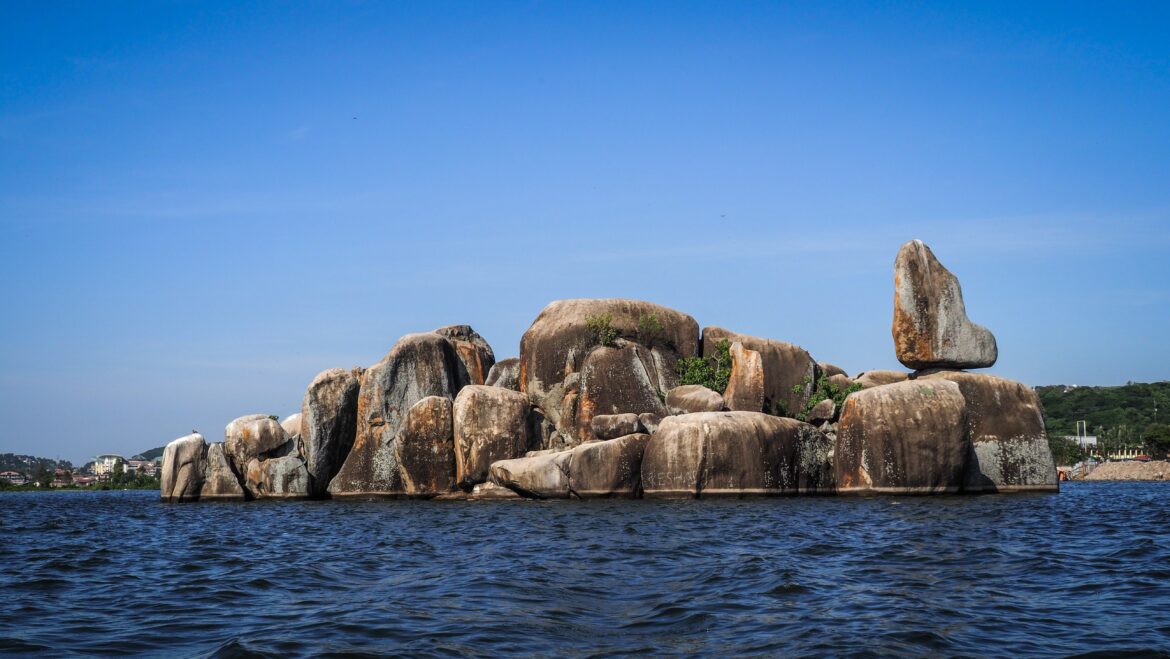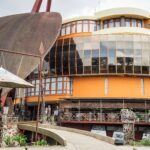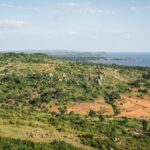Mwanza is the second-largest city in Tanzania after Dar es Salaam and serves as an important economic and transportation hub. The city is known for its scenic landscape, characterized by rolling hills, large rock formations, and its proximity to Africa’s largest lake. Mwanza is often referred to as “Rock City” because of the distinctive granite boulders that are scattered throughout the area.
The city’s history is deeply connected to trade, colonial influences, and the development of Tanzania as a whole. The region was historically inhabited by the Sukuma people, Tanzania’s largest ethnic group, who were primarily engaged in agriculture, fishing, and cattle herding. Due to its strategic position on Lake Victoria, Mwanza became an important centre for trade, linking inland Tanzania to the rest of East Africa.
During the late 19th and early 20th centuries, the area fell under German colonial rule as part of German East Africa. The Germans developed Mwanza as an administrative and commercial hub, introducing infrastructure such as roads and railways to facilitate trade and resource extraction. Following Germany’s defeat in World War I, the British took control of the territory, governing it as part of the British mandate of Tanganyika. Under British rule, Mwanza continued to grow as a key centre for cotton production, fishing, and transportation.
After Tanzania gained independence in 1961, Mwanza expanded rapidly. The city became a major industrial and commercial hub, benefiting from its access to Lake Victoria and connections to Uganda, Kenya, and other regions of Tanzania. In recent decades, Mwanza has seen significant urbanization and economic growth, driven by industries such as mining, fishing, agriculture, and trade. It is also a gateway to tourist destinations such as the Serengeti National Park and Rubondo Island National Park.
How to get there?
By Air
The easiest way to reach Mwanza is by flying into Mwanza Airport (MWZ).
Flights from Dar es Salaam: Several airlines operate daily flights, taking about 1.5 hours.
Flights from Kilimanjaro/Arusha: Flights from these northern cities take about 1–2 hours.
International Flights: While Mwanza doesn’t have many direct international flights, travellers from outside Tanzania can connect through Dar es Salaam, Kilimanjaro, or Nairobi.
By Road
From Dar es Salaam: About 16–18 hours by bus or private car (~1,100 km).
From Arusha: Around 10–12 hours (~700 km).
From Dodoma: Roughly 8–10 hours (~600 km).
From Kampala (Uganda): Approximately 7–9 hours (~400 km).
Buses are available but can be long and tiring. Hiring a private car is more comfortable, especially if travelling in a group.
By Train
Mwanza is connected to Dodoma and Dar es Salaam via the Tanzania Railways Corporation (TRC) network. The train from Dar es Salaam takes about 40 hours and runs a few times per week. It’s a cheaper option, but delays are common, and the journey is long.
By Ferry
Mwanza serves as a major port on Lake Victoria, with ferries connecting to Bukoba and other lakeside towns. Ferries from Bukoba take about 8–10 hours overnight.
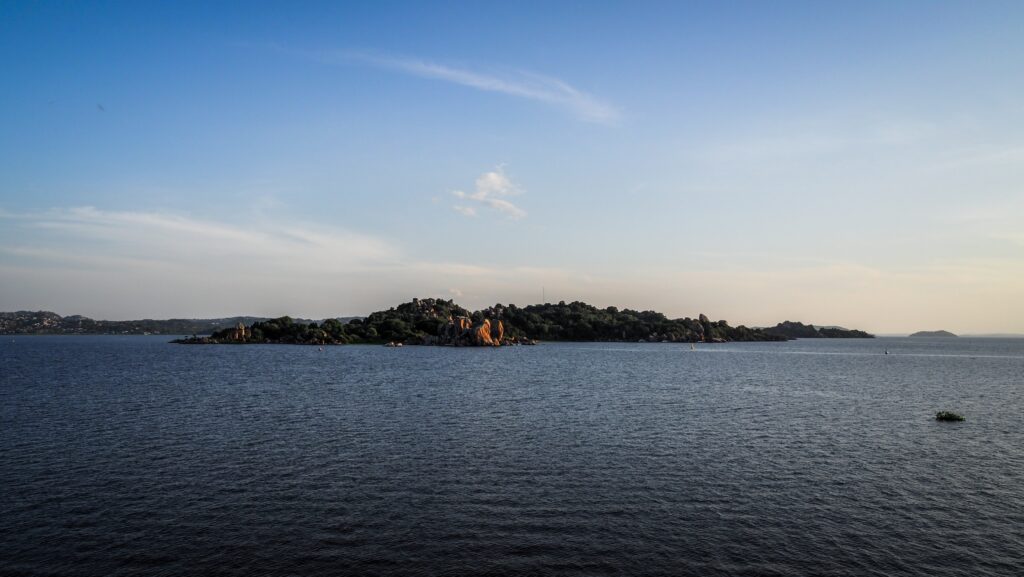
The best time to visit
The best time to visit Mwanza is during the dry seasons, from June to October and from January to February. During these months, the weather is generally pleasant, with minimal rainfall and moderate temperatures, making it ideal for outdoor activities, sightseeing, and exploring Lake Victoria.
The rainy seasons (March to May and November to December) bring heavy downpours, making roads muddy and some outdoor activities less enjoyable. However, if you don’t mind the occasional rain, these months offer lush green landscapes and fewer tourists.
Where to stay?
I recommend the J.A. Hotel on Banda Street. It’s very well located, within walking distance to Lake Victoria. The hotel isn’t available on booking.com but you can simply come over and ask for availability. Expect to pay about 30.000 – 40.000 TZS for an air-conditioned double room.


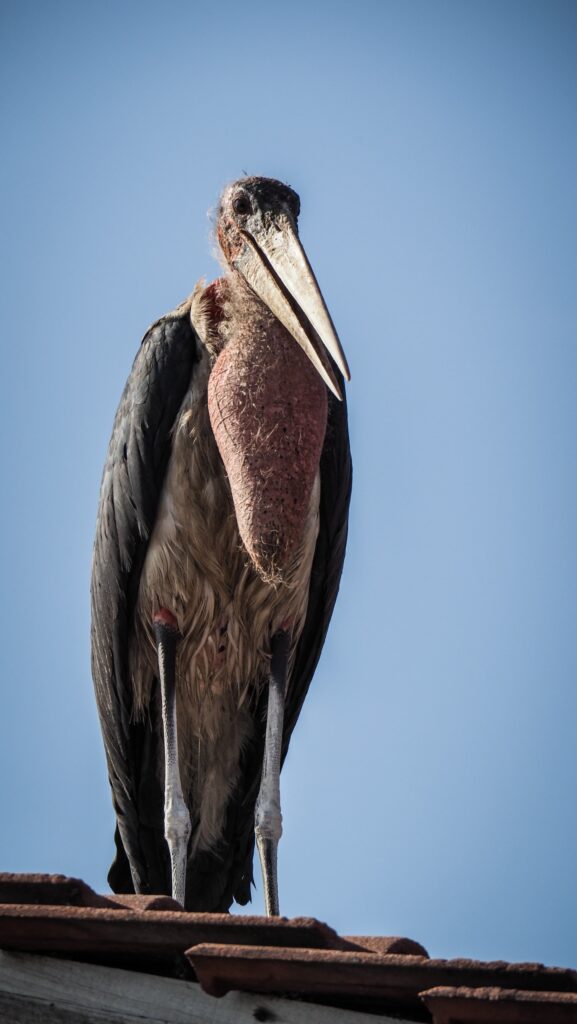
Places worth seeing in Mwanza
Bismarck Rock
The symbol of the town is located at the shore of Lake Victoria. It is a natural rock formation consisting of a large, precariously balanced boulder resting on top of other rocks in the lake, making it a unique and iconic landmark. The rock is named after Otto von Bismarck, the former German chancellor, as Mwanza was once part of German East Africa.
Boat Trip
As you stroll along the lake, you will be offered different kinds of boat tours, and you should certainly join one of them. After intensive negotiations, I found myself in a boat with 4 other tourists from Germany, and we set off for about a 3-hour tour including a fish market, Aloe Vera Island, and a sunset stop. The views were really stunning and it was the best activity that I experienced during my visit to Mwanza.
Here is the phone number of our guide in case you want to reach him on WhatsApp: +255 744 212 292.
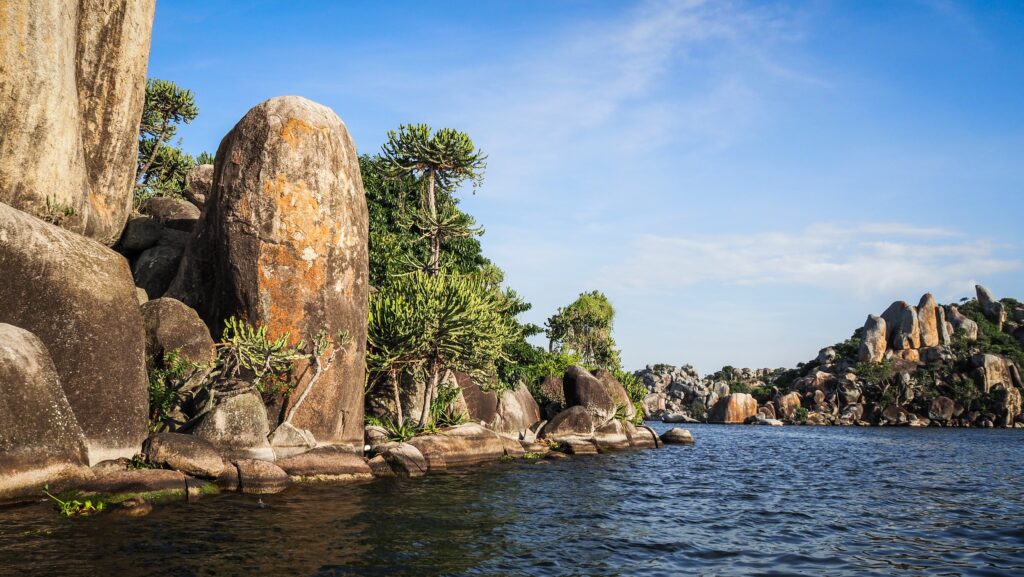

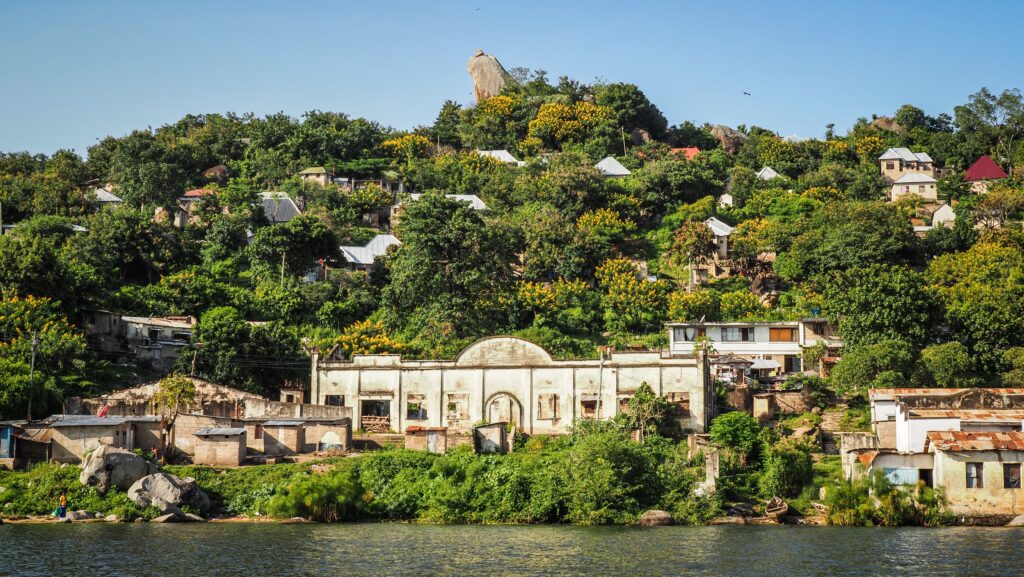
The German Gallow Tree
A historical site linked to the colonial era, particularly during German and British rule in Tanzania (formerly Tanganyika). It is believed to have been used for public executions of individuals, including local resistance fighters and criminals, during the late 19th and early 20th centuries.
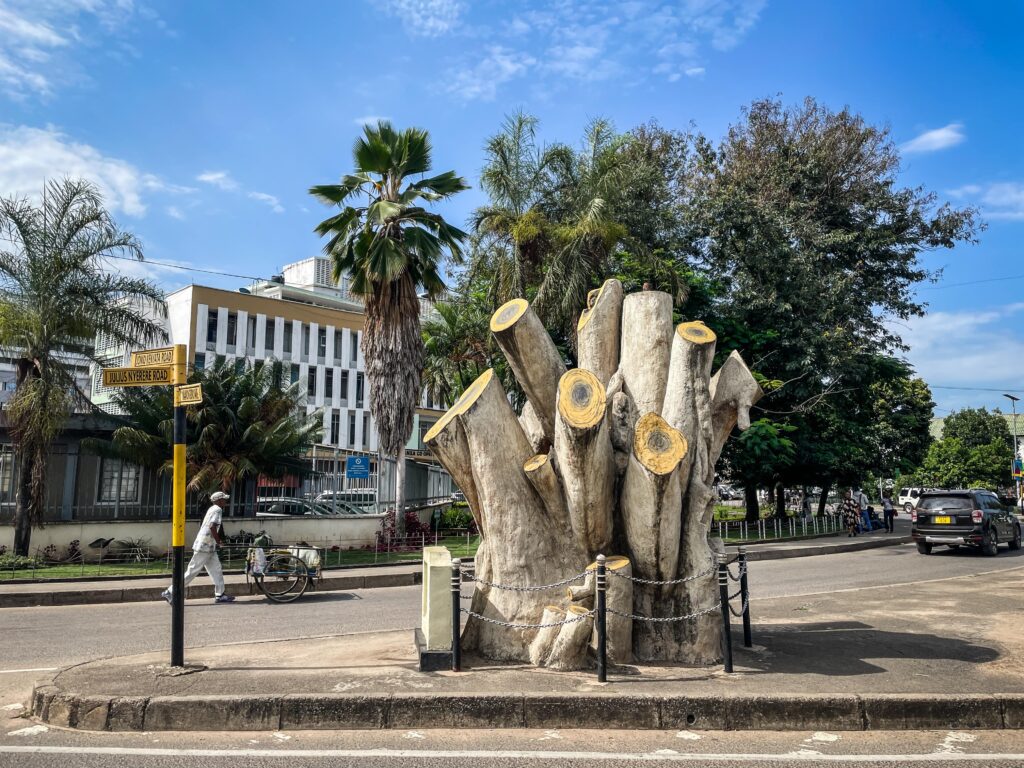
Gold Crest Hotel
They have a nice rooftop restaurant and a bar. Perfect spot to end the day and see the sunset.
Sanatan Mandir & BAPS Shri Swaminarayan Mandir
Mwanza is home to several Hindu temples, reflecting the presence of a significant Indian community, particularly those of Gujarati, Punjabi, and South Indian descent. These temples serve as places of worship, cultural gatherings, and religious celebrations for Hindus in the region.
Sanatan Mandir is one of the main Hindu temples in Mwanza, dedicated to various Hindu deities and serving the local Hindu community. Just the opposite is BAPS Shri Swaminarayan Mandir, a temple associated with the Swaminarayan sect.

Capri Point Lookout
It’s a good observation spot from where one gets a view of the lake and surrounding hills but unfortunately, there are a lot of construction sites around.

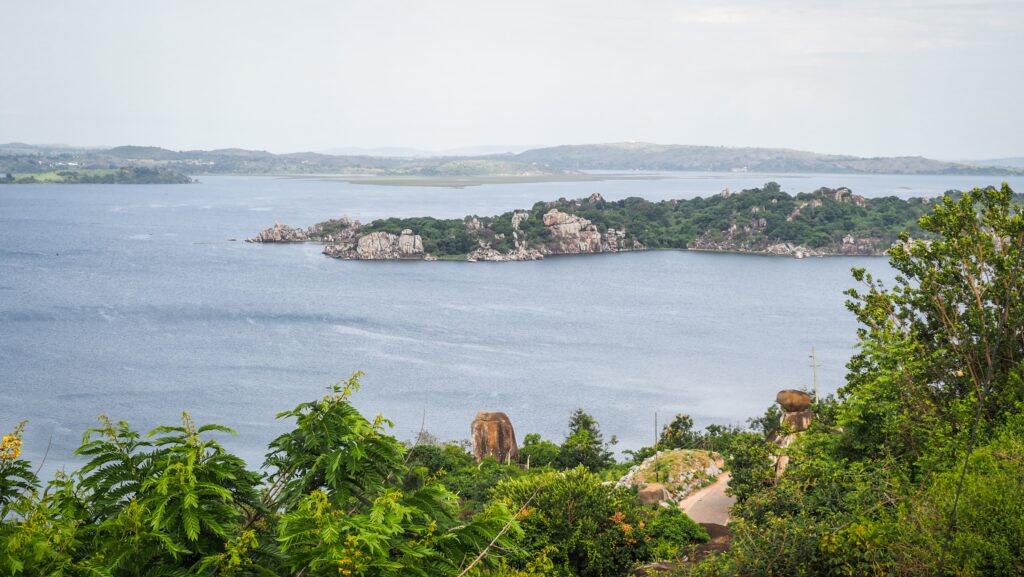
Mwaloni Market
It’s a fish market and processing site. It’s a lively and fascinating place to see but be prepared for intensive odour.
Out of the city centre
Pascha Beach and MV Bukoba Monument
If you want to take a short trip out of the city centre, get a tuk-tuk to Pasha Beach. The entrance fee of 5.000 TZS includes a soft drink or a beer. Unfortunately, at the time of my visit (February 2025) they were renovating the pathway leading to the lake shore.
Nearby are the stairs leading to the MV Bukoba Monument dedicated to the victims of the MV Bukoba ferry disaster that occurred on May 21, 1996, in Lake Victoria. The passenger ferry travelling from Bukoba to Mwanza tragically sank about 30 kilometres from Mwanza, leading to the deaths of over 800 people, making it one of the deadliest maritime disasters in East African history.
Beach at Tunza Resort
A bit further north, on the other side of the bay is Tunza Resort, another nice place where you can have a drink or snack at the lakeside.
Bujora Cultural Centre and Sukuma Museum
The museum was established to preserve and showcase the rich culture, history, and traditions of the Sukuma people. Bujora is also known for its Catholic mission, which played a role in documenting and integrating Sukuma traditions with Christianity.
The Sukuma are the largest ethnic group in Tanzania, with an estimated population of over 10 million. They mainly live in the Mwanza, Shinyanga, and Simiyu regions, in the northern part of the country near Lake Victoria. The Sukuma people are traditionally farmers and cattle herders, growing crops like maize, cotton, and cassava.
Language: The Sukuma speak Kisukuma, a Bantu language, alongside Swahili.
Dancing: Famous for their traditional dance competitions, especially the ones involving snake charmers and acrobatics.
Spiritual Beliefs: Historically, they believed in ancestral spirits and traditional medicine, although many today practice Christianity or Islam.
Governance: They traditionally had chiefs (Ntemi system), but this structure declined after colonial rule.
To get there, you can jump into dala dala at Central Roundabout in Mwanza. Find the one heading towards Kisessa. After arrival, you can continue for another few minutes on boda boda. The entrance fee (15.000 TZS) includes a guide but as always in Tanzania, a tip is expected.
Saanane National Park
The park is home to various animals, including impalas, rock hyraxes, vervet monkeys, crocodiles, and monitor lizards. Although there are no large predators, visitors can see a variety of bird species. It was originally established as a game reserve in 1964 and later upgraded to a national park in 2013. Located just 2 km from Mwanza city, it is easily accessible by boat.
In my opinion, the walk around the island was rather boring and the ranger was walking really fast, just like she wanted to get rid of the tour as quickly as possible. We didn’t see many animals, just some impalas, wildebeest and monkeys. It was sad to see that they kept a lion in the cage. Well, we couldn’t actually see it but the guide told us that it must be resting in a hidden corner.
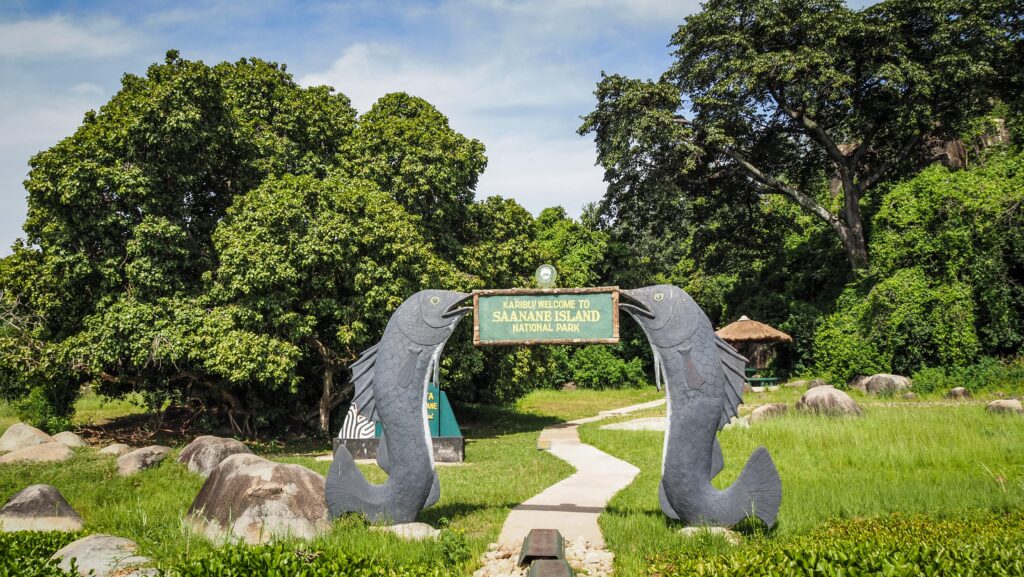



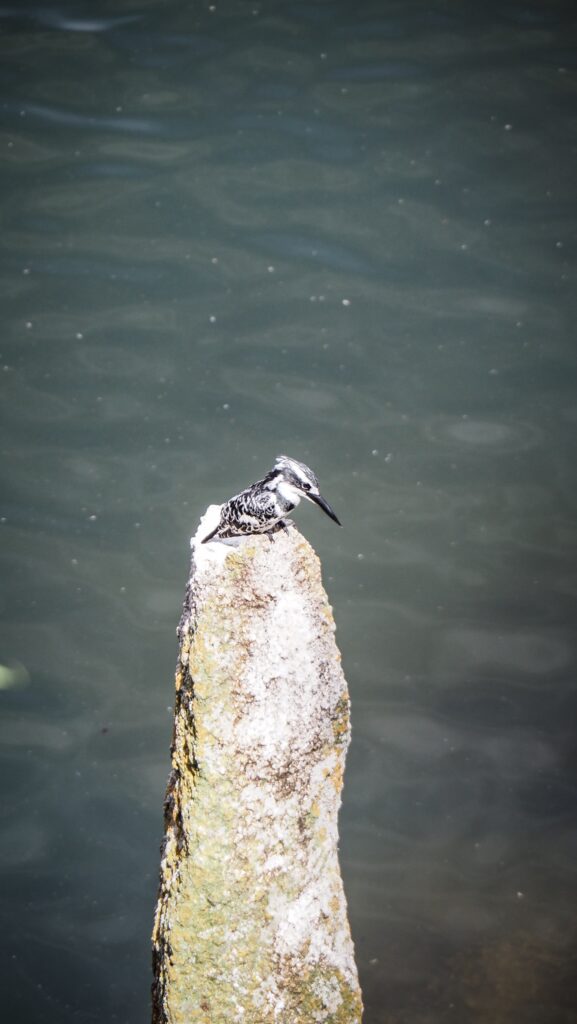

At the end, we climbed up to the observation point which was called “Jumping Rock”. The views were nice but not really breathtaking. If you have been to other national parks in Tanzania, this one will certainly disappoint you, even though it’s a bit cheaper.
Entrance to the national park itself costs 76.650 TZS per person. On top of that, you need to add a boat fee. You may go to the national park headquarters near the Tilapia Hotel or negotiate the price with the guys hanging out near the Bismarck Rock. I was lucky enough to join a group of four other people to share the costs and we went with the same guy that took us for a sunset boat trip the day before. Here is his phone number in case you want to reach him on WhatsApp: +255 744 212 292. Expect to pay about 35 USD for the boat but the price is lower if there are more passengers.

